PROTECT YOUR DNA WITH QUANTUM TECHNOLOGY
Orgo-Life the new way to the future Advertising by AdpathwayIn beekeeping, we use the word dearth to describe the period of summer when the nectar flow takes a vacation. In spring, the flowering trees and shrubs provide a significant amount of food for pollinators. From early summer, our annuals are all in their full glory. But as the summer wears on, many of these wear out.
In natural settings where native plants are allowed to grow freely, this dearth is less severe. In our gardens, when the flowers get scarce, the pollinators and other beneficial insects may seek food elsewhere. Since those beneficial insects do a lot to control nuisance insects, that’s not a good thing.
Fortunately, there are things you can plant and actions you can take to make your yard more welcoming. Some of these may be common sense, but others perhaps are less obvious.
Let’s talk about some things you can do to help pollinators in summer.
Plant Native, Late Blooming Flowers
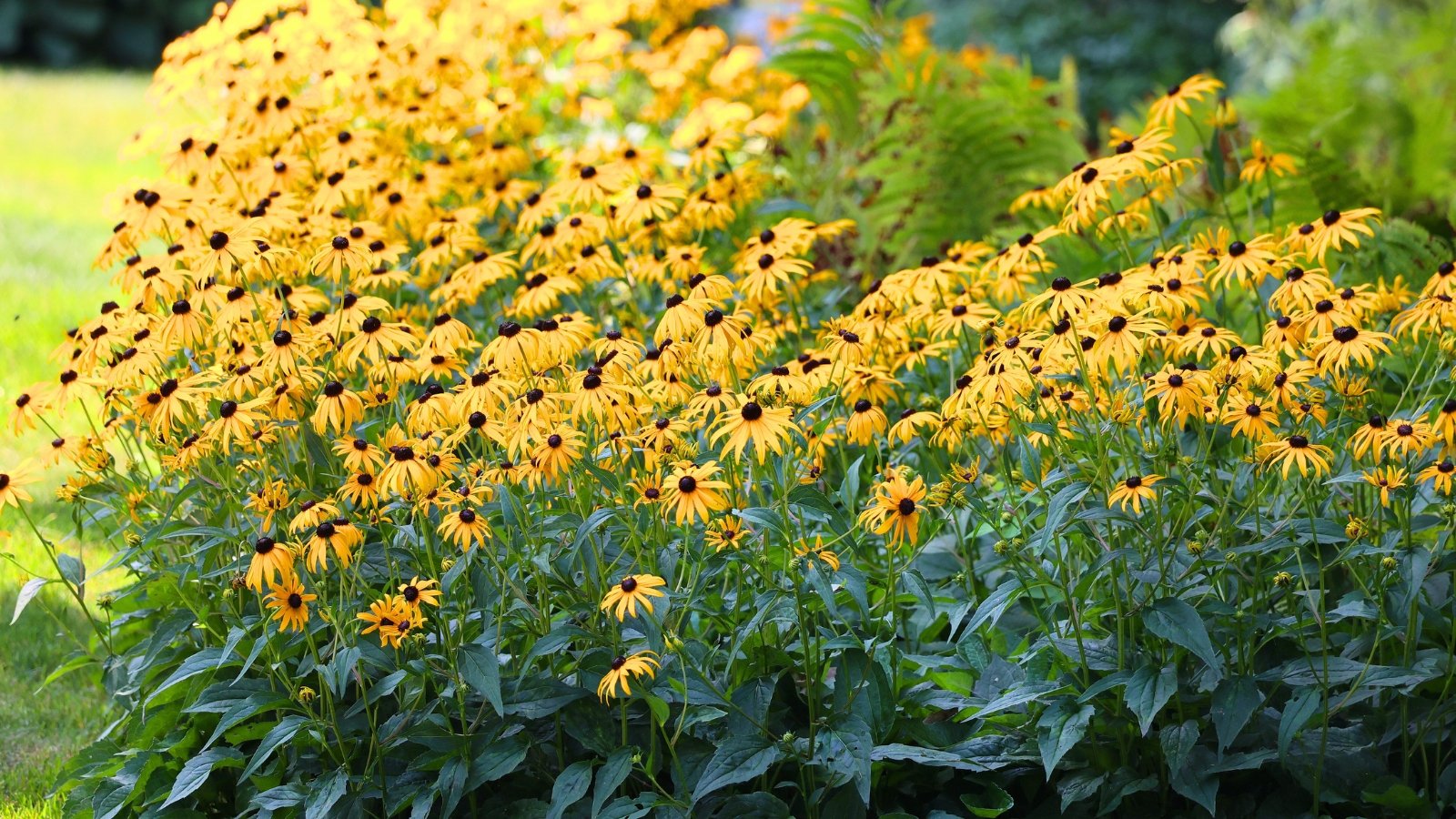 Black-eyed Susans keep buzzing visitors fed into fall.
Black-eyed Susans keep buzzing visitors fed into fall.The most effective thing you can do to help pollinators in summer is to plant native plants. But not just any natives. You want to find the ones that bloom around late summer. This won’t be difficult to do, but they may not look the way you expect them to.
Pollinators are opportunistic. They will seek out places where they can gather the most food while expending the least amount of energy. They tend to look for plants that produce a great number of flowers, even if they are small, rather than fewer and larger ones. Some may not even look like flowers to the untrained eye.
Depending on your region, native plants will vary somewhat. Some of the more common, native, late summer bloomers in the US include:
- Black-eyed Susans
- Goldenrod
- Sneezeweeds
- Blanket flowers
- Coneflowers
- Sunflowers
Find out what late summer bloomers are native to your region and thrive in your environment. These won’t just help the pollinators during this vital period. They are also going to be the most low-maintenance and well-adapted to your space.
Avoid Pesticides
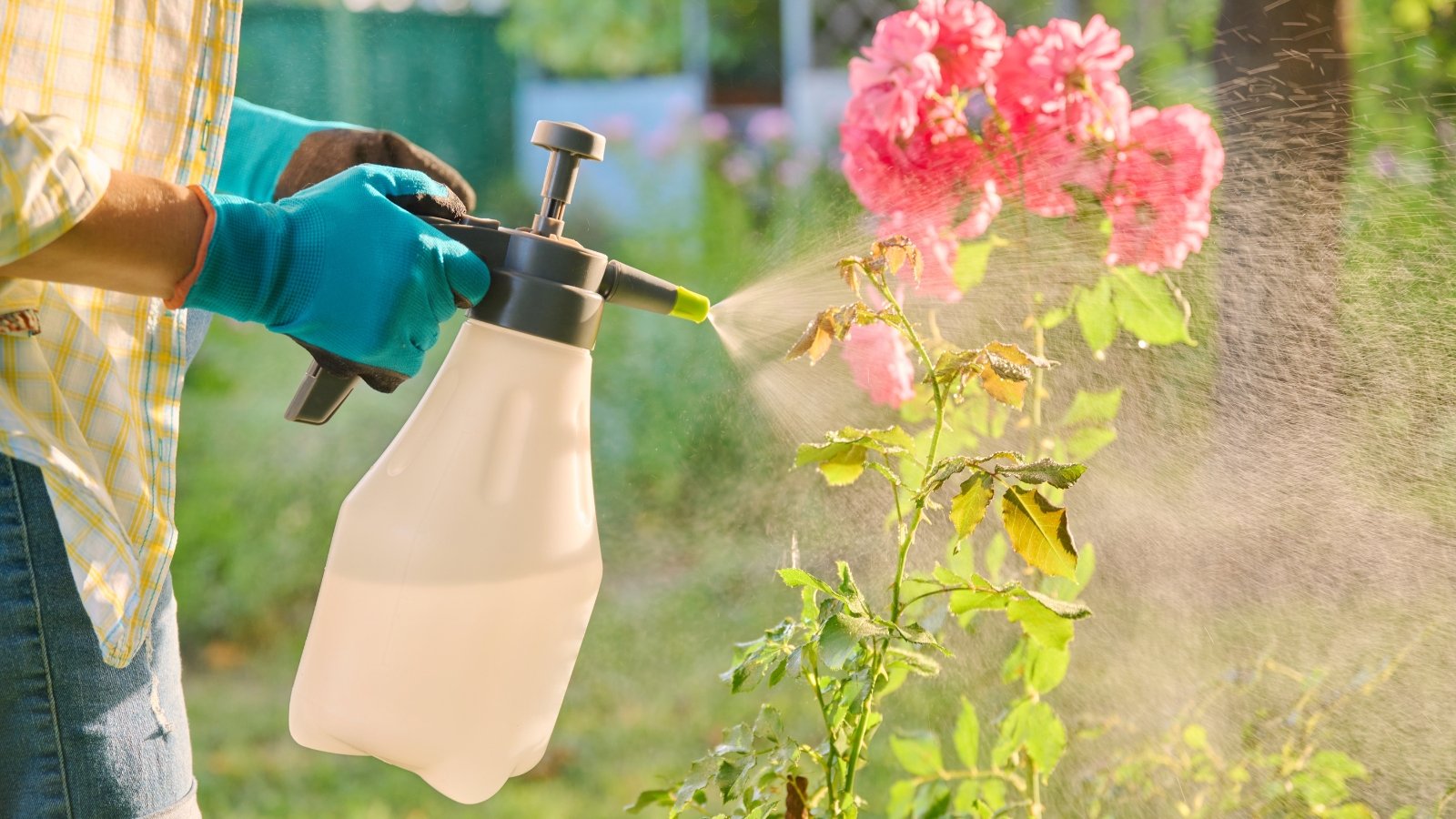 Neem oil works, but spray when bees aren’t around.
Neem oil works, but spray when bees aren’t around.The second most important thing you can do to help pollinators in late summer is to forgo chemicals. This may actually be of equal importance. If you plant a bunch of native flowers and then spray pesticides in your garden, it will do more harm than good.
Pesticides aren’t the only chemicals that are detrimental to pollinators. Herbicides and fungicides can also be quite harmful. This is tricky in the late summer garden because pests and diseases are at their peak at this time.
Rather than spraying fungicides, use neem oil to fight powdery mildew. Just make sure you spray it in the evening, so it has time to dry and dissipate by the time the pollinators come out. Neem oil isn’t 100% safe for them, obviously, but if you use it this way, it’s the safest product.
Alternatively, try to use physical removal methods to eradicate pests. Some you can spray off with a strong stream of water from the hose. Picking leaves and cutting infested or diseased foliage is also helpful. Yellow sticky traps work well for some flying insects like whiteflies and thrips. However, they also attract and trap beneficial insects.
By avoiding pesticides and planting plenty of nectar plants, you will attract more beneficial insects. They, in turn, will help take care of the bad bugs. Ladybug and lacewing larvae are voracious predators.
Offer Clean Water
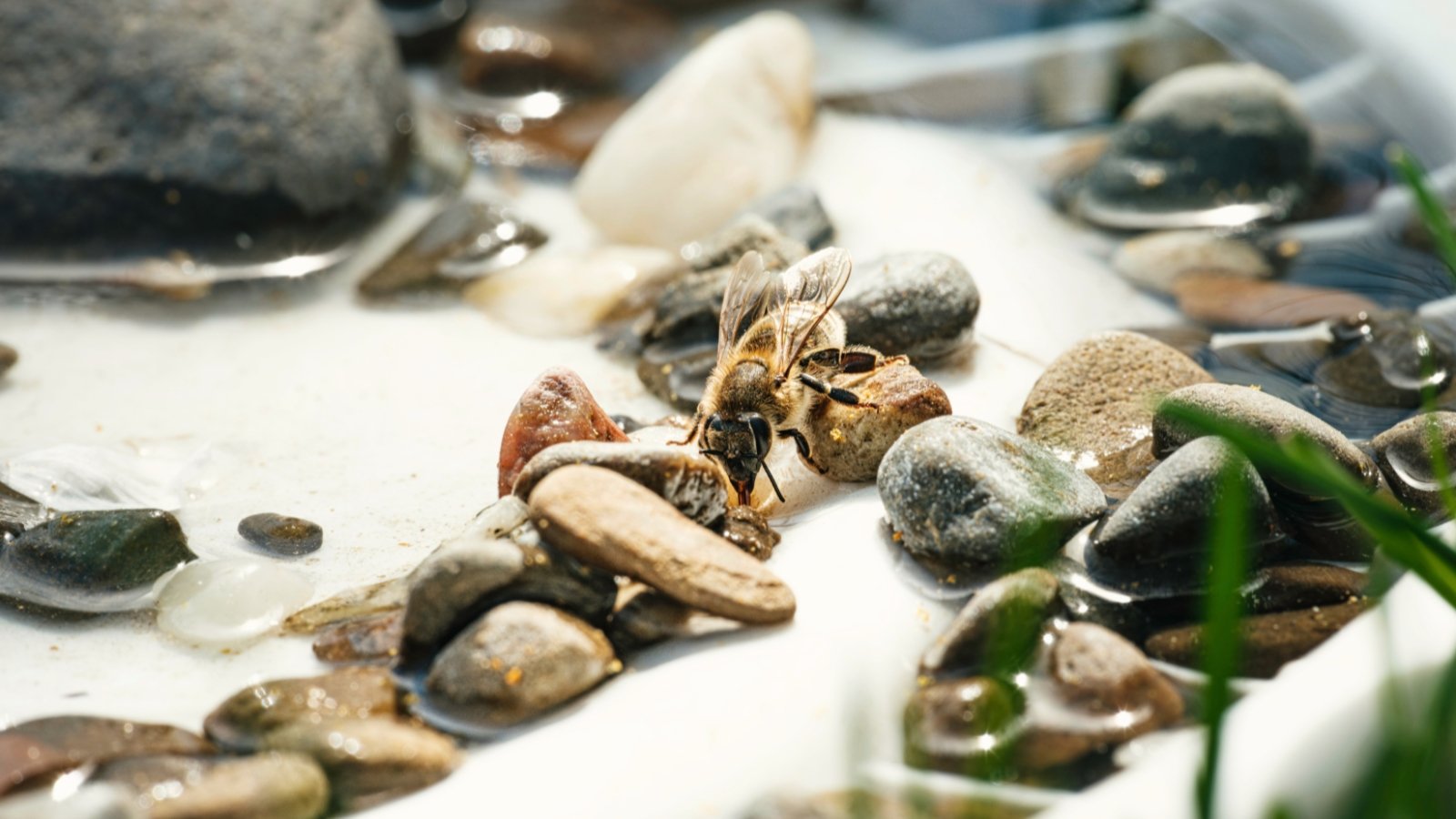 Shallow bowls with pebbles give bees a safe drink.
Shallow bowls with pebbles give bees a safe drink.If you’re experiencing a time of drought or just regular old dry weather, the bees and butterflies are feeling it. Another great way to help pollinators in summer is by providing a source of clean, fresh water for them.
Pollinators expend a great deal of energy flying from place to place. Nectar is helpful, but they also need water. There are several ways you can create a watering station. You can purchase one ready-made or create one yourself from household materials.
I have three concrete birdbaths in my yard. The textured sides of my birdbaths make it possible for insects to hold onto, so they don’t fall into the water. A simple, shallow bowl of water full of pebbles will suffice if you want to save time and money.
Provide Shelter
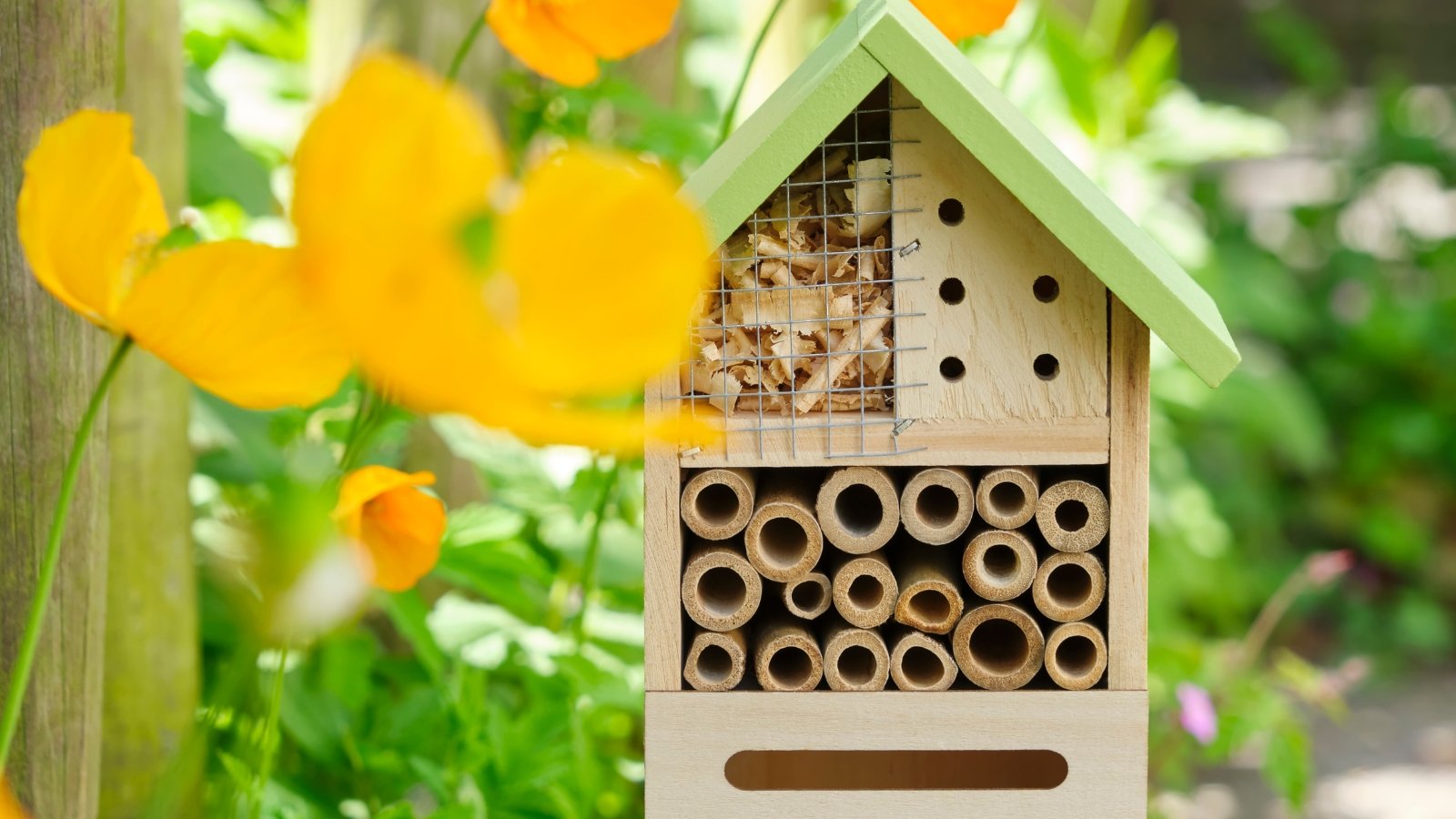 Simple wood blocks with holes become buzzing insects’ cozy condos.
Simple wood blocks with holes become buzzing insects’ cozy condos.Pollinators need shelter, and another way you can help them in late summer, and any time, is to provide that. They use sheltering materials for protection, nesting, breeding, and overwintering. Different types of creatures require different types of shelter.
Most native bees are solitary, and they don’t nest in hives; they nest in empty cavities. Hollow stems and nooks in bark are common spots. You can also build or buy a bee hotel.
Caterpillars need hidden spots to form their chrysalis. Butterflies are breeding at this time of year, and creating the right environment is important. Brush piles, logs, and undisturbed leaf litter are great things to leave around the yard.
Bats are nighttime pollinators, and they like to live in old trees and caves. However, you can purchase or make a bat house that will attract these great animals. Bats are also voracious mosquito predators.
Plant Host Plants
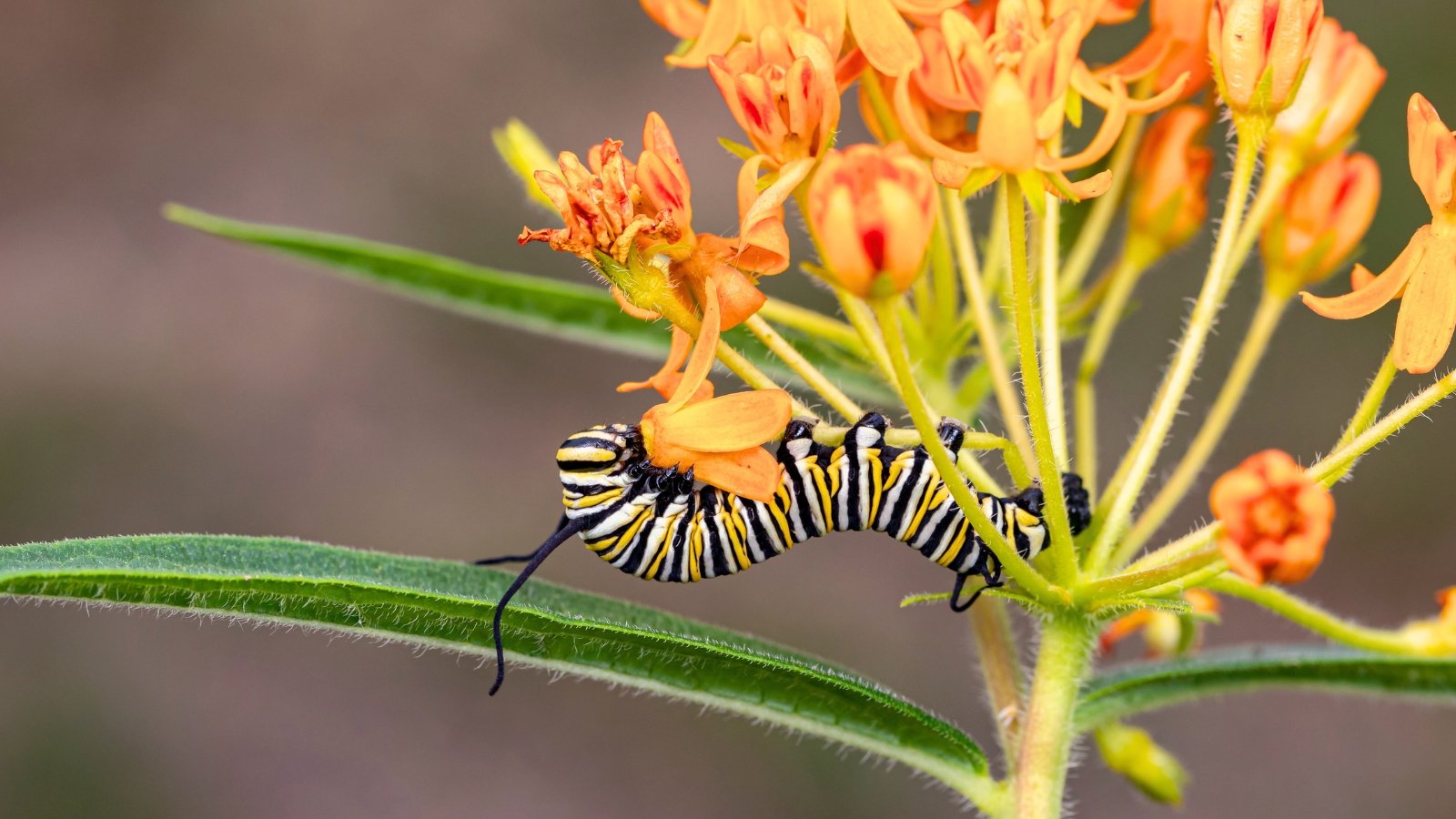 Milkweed feeds hungry monarch caterpillars before they journey on.
Milkweed feeds hungry monarch caterpillars before they journey on.The best thing that you can do to support moths and butterflies in your late summer garden is plant their larval hosts. Each species has its own larval plant (or plants) where they lay their eggs. The foliage of these plants serves as the primary food for their larvae, or caterpillars.
At the end of summer, many butterflies are preparing to either migrate or overwinter. Many stick around overwinter in the chrysalis stage. In order to reproduce, the adults need to find these host plants so that they can lay their eggs.
If you provide the right host plants and add plenty of nectar plants, you’re almost certain to have butterflies. Milkweed is the sole larval food for monarch butterflies. Make sure to plant a native species in your garden to help these pollinators in summer. This ensures that they have the right type of food for each part of their migration.
Reduce Your Lawn
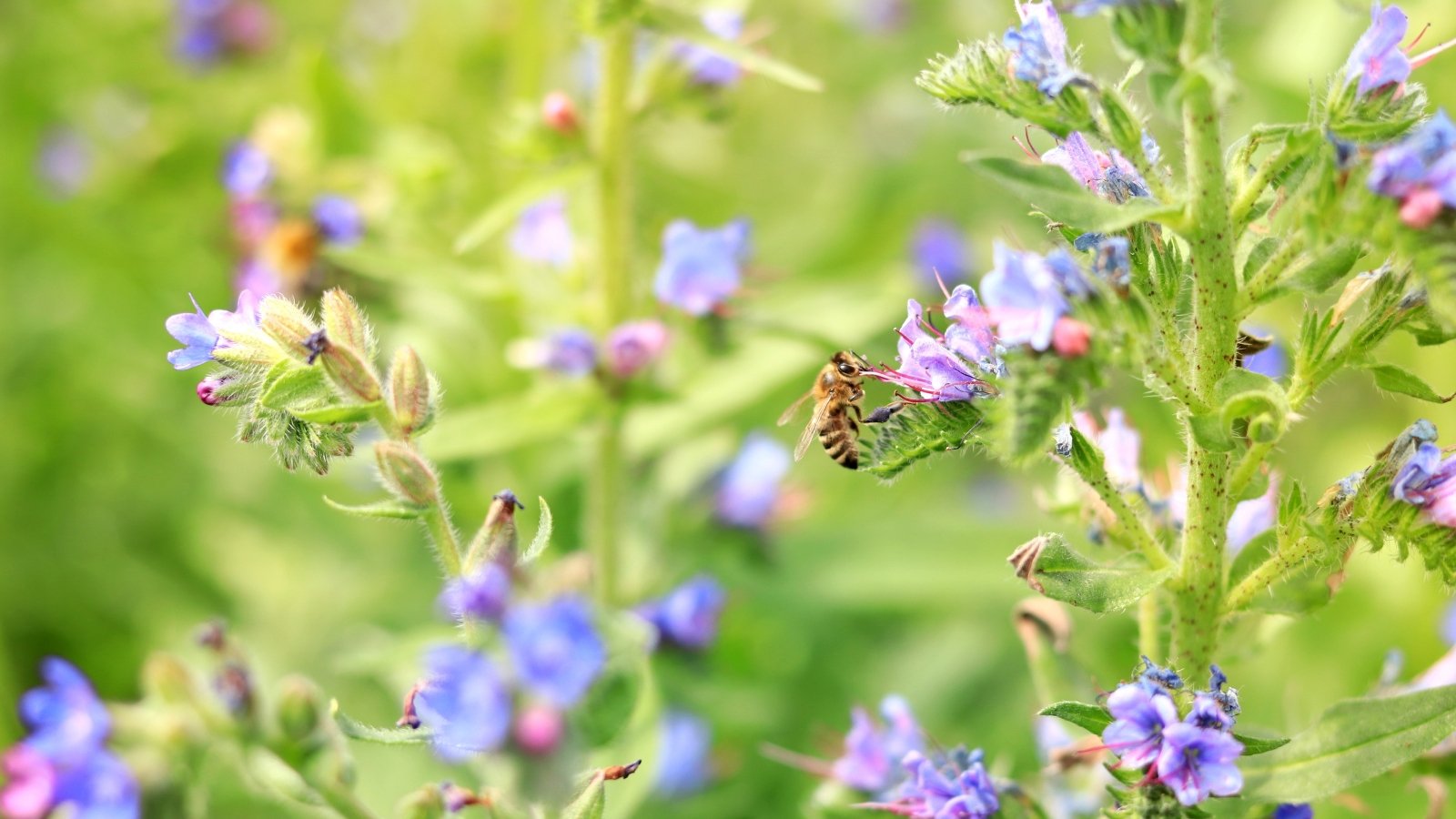 Swap turf for wildflowers and let nature fill in.
Swap turf for wildflowers and let nature fill in.Reducing your lawn and re-wilding all or part of it is a great way to help pollinators in late summer. Lawns are not natural; they are a deliberate and man-made home feature. While your HOA may not go for you turning your front yard into a meadow, they typically won’t care about the backyard.
Traditional turf grass lawns are ecologically void. They don’t provide nectar or pollen, nor do they create nesting and hiding spaces. Basically, they do nothing to support your garden’s ecosystem. They often require fertilizers and herbicides, and adding chemicals is never good for wildlife.
Replacing all or part of your lawn with pollinator-friendly plants can make a dramatic difference. Consider replacing some of yours with a flowering ground cover or a native wildflower meadow. You don’t have to do it all at once; any small area helps.
Replacing your lawn with more sustainable and native plants also saves resources. Where turf grass usually needs chemicals and water to thrive, most native plants do not. They are already well adapted to the regional conditions.
Stop Mowing
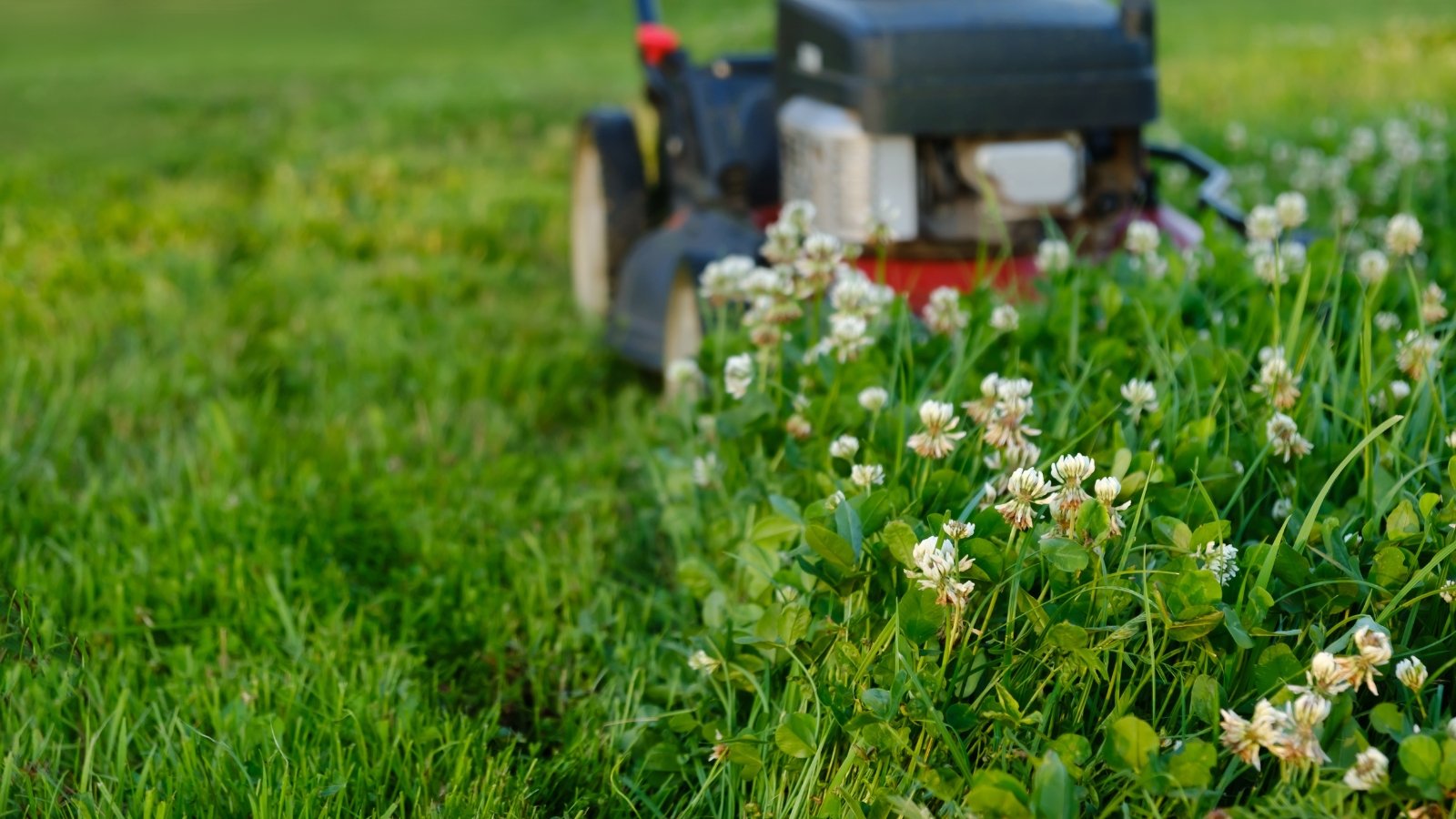 Skipping mowing lets nature quietly take back some space.
Skipping mowing lets nature quietly take back some space.One of the easiest ways to help pollinators in the late summer garden is to simply stop mowing or mow less. Frequent mowing removes flowering weeds and destroys habitats. If you stop using chemicals and allow your lawn to grow a bit wild during this season, it will go a long way.
Many of the plants we deem as weeds are actually native wildflowers. They may not be conspicuous, but it may surprise you how many of the common weeds that pop up in your garden are beneficial. Taller grasses and weedy edges also create cover for ground-nesting bees and caterpillar habitats for moths and butterflies.
Frequent mowing disrupts insects, birds, and small mammals. Allowing areas to grow naturally creates a refuge of stability. Here, pollinators can complete their life cycles undisturbed.
If you don’t like the look of a completely untended lawn, any small part will help. You can mow paths to get about in your garden, or leave out-of-the-way spots to become overgrown. Leave some of this space for the winter, as well. Those pollinators will appreciate the safe spaces to overwinter.


 11 hours ago
4
11 hours ago
4
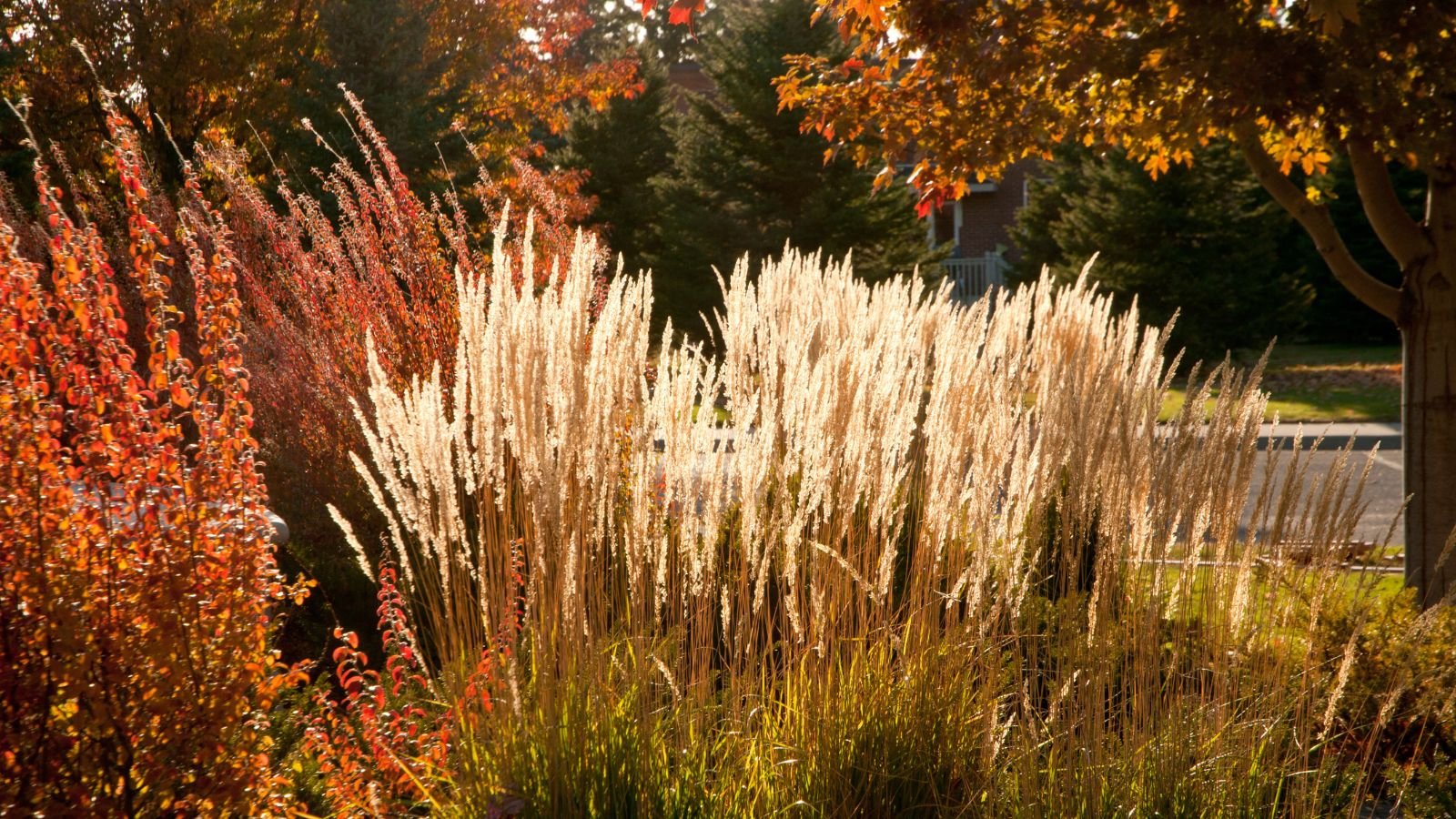


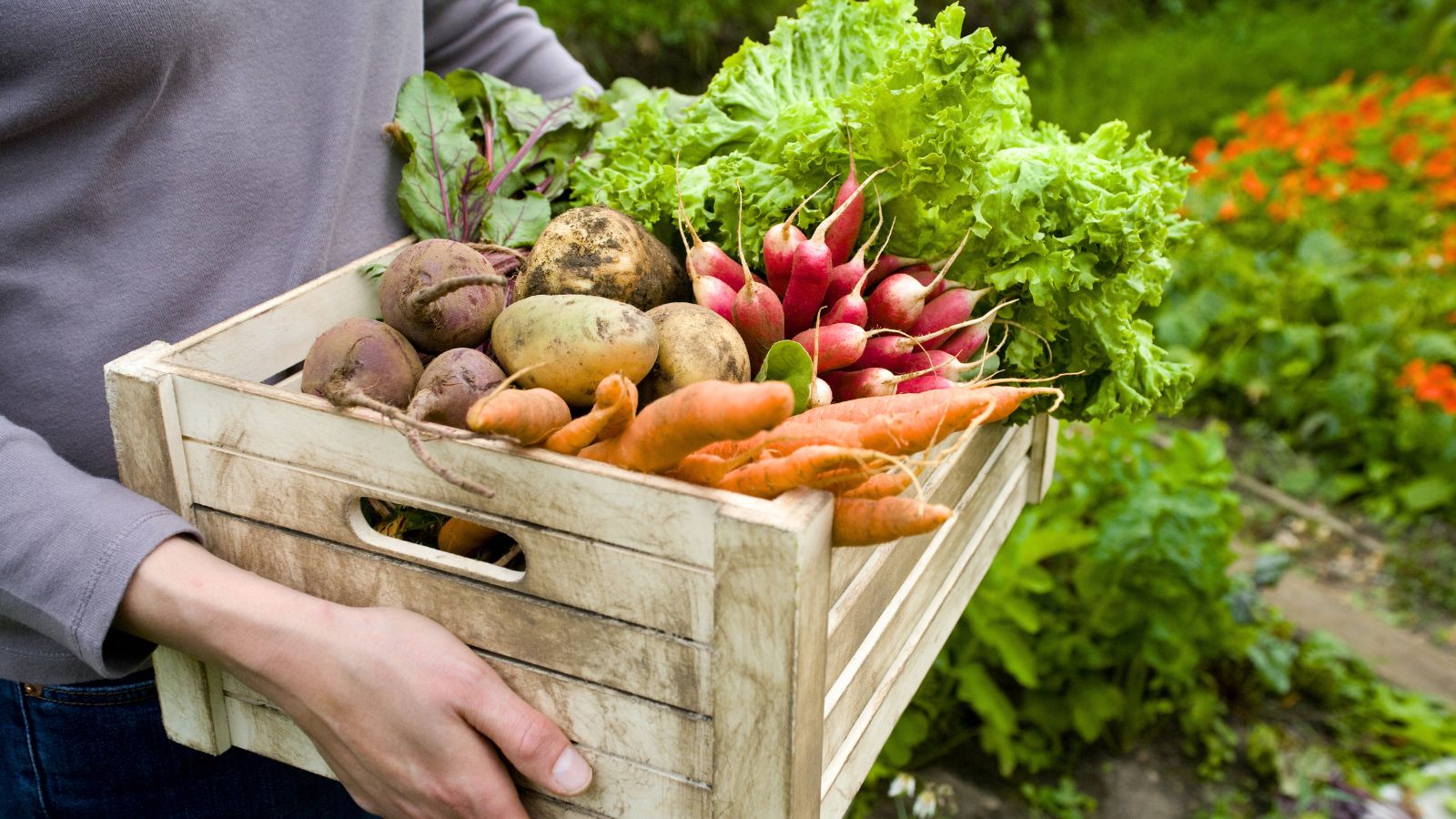


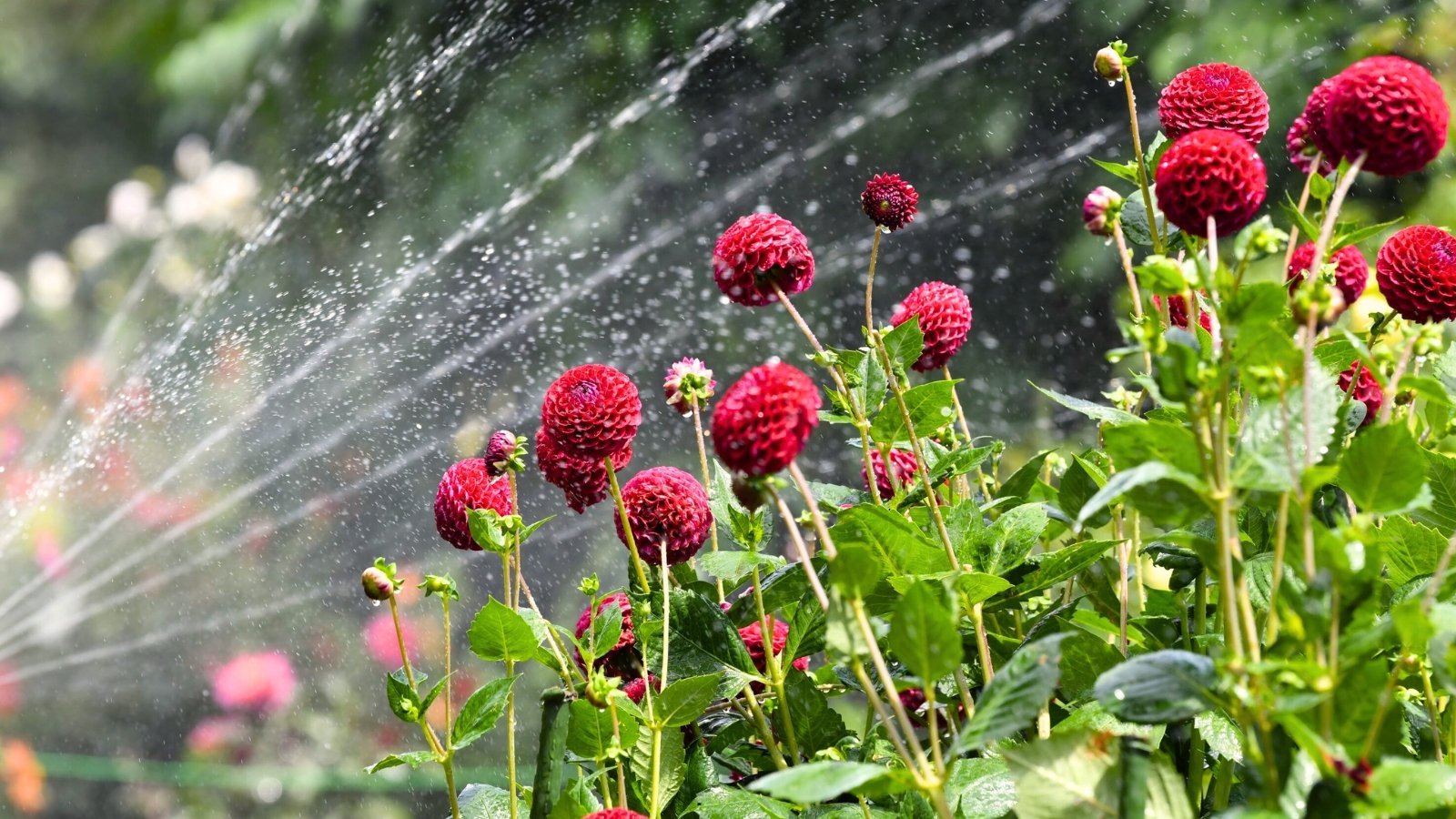














 English (US) ·
English (US) ·  French (CA) ·
French (CA) ·